#polish-lithuanian commonwealth
Explore tagged Tumblr posts
Text

The Alchemist by Jan Matejko.
#Jan Matejko#art#history#painting#artwork#oil painting#paintings#art history#19th century art#arte#realism#symbolism#poland#polish-lithuanian commonwealth#polish history#kunst#kunstwerk#matejko#education#youtube#youtube history
11 notes
·
View notes
Text
Books about Napoleonic era (and Polish history) - 3
Good day, dear all, and let me share with you some books I've read recently.
And because today is the birthday of Tadeusz Kościuszko I'll start with a biography of him The Peasant Prince, by the American historian Alex Storozynski:

2. One more position about the Polish history, in English, I'd like to recommend you is Richard Butterwick's The Polish-Lithuanian Commonwealth, 1733–1795: Light and Flame, dedicated to the reigns of Polish-Lithuanian two last kings, Augustus III Wettin and Stanisław August Poniatowski:
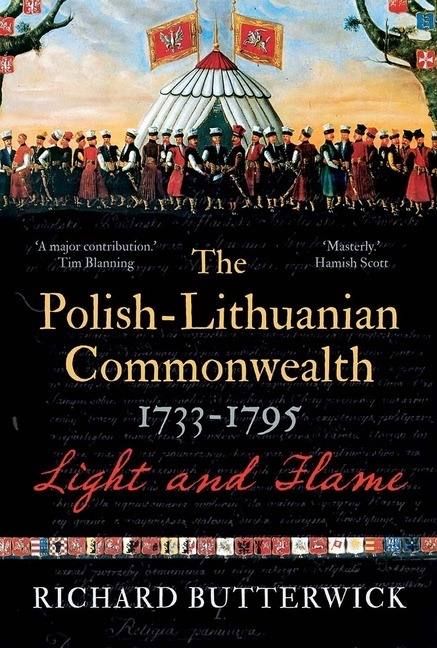
From the topic of Polish history let's switch to the French one.
3. One more addition to my collection of Talleyrand's biographies was this one, written by Robin Harris:

4-5. Then, there were two books about Napoleon's private life, by Octave Aubry and Sigrid-Maria Größing:
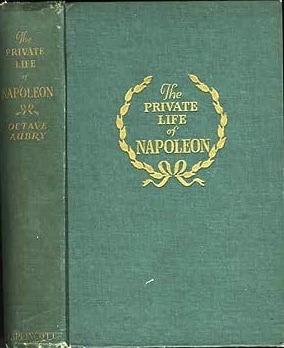

6-7. A study on the topic of French revolutionary and imperial generals, by Georges Six, and George Nafziger's Imperial Bayonets. (These were books with lots of military details, so I can't say I've enjoyed them thoroughly, rather not belonging to their target audience))


8. And this is a book I really liked, The anatomy of Glory by Henry Lachouque! And though its subtitle (Napoleon and his Guards) kinda states the book will be focused on the Imperial Guards, in fact its topics turned out much more wider, including information on Napoleon himself, France and even some details of the usual life of that times:

9. The book majority of you have already read, The Iron Marshal, a biography of Louis Nicolas Davout by John Gallaher:

10-11. And the last but not the least - two books on Murat. The first is a book by the French historian Jean Tulard and the second is an impressive work of Sarah Hammel @joachimnapoleon.


Thanks a lot, Sarah, for letting as see Joachim Murat through his letters, from his own point of view!
#books#napoleonic era#history books#kościuszko#tadeusz kościuszko#Alex Storozynski#Polish-Lithuanian Commonwealth#Richard Butterwick#Talleyrand#charles maurice de talleyrand périgord#Robin Harris#napoleon#napoleon bonaparte#Octave Aubry#Sigrid-Maria Größing#Georges Six#George Nafziger#Henry Lachouque#Louis Nicolas Davout#John Gallaher#joachim murat#jean tulard#Sarah Hammel
45 notes
·
View notes
Text















Early 17th-century Spanish fashion from Peru to Russia …
The fashion of the royal court of Philip III of Spain (1578-1621) and his wife Margaret of Austria (1584-1611), sister of two wives of King Sigismund III Vasa (1566-1632), dominated in many parts of the empire, from Cusco (Cuzco, Qosqo) in Peru to Lisbon in Portugal, from Milan and Naples in Italy to Brussels in the Spanish Netherlands. It was also preferred in Austria and by a part of the Czech, Hungarian and Croatian nobility. This fashion, which consisted of a wide ruff, a paned trunk hose and a doublet for men and a cone-shaped farthingale for women, was also very popular in the Polish-Lithuanian Commonwealth (Poland-Lithuania-Ruthenia or Sarmatia). Marina Mniszech (ca. 1588-1614), a Sarmatian woman who became Tsaritsa of Russia in 1606, was crowned in a dress inspired by the Spanish saya (portrait by Szymon Boguszowicz in the Wawel Royal Castle and a painting from a Venetian coffered ceiling, also by Boguszowicz, executed to decorate the so-called Family Room (Sala Familii) of the Laszki Murowane Castle, now in the State Historical Museum in Moscow). Interestingly, Polish-style hose were also popular in Spain at that time (calzas polacas or calzas a la polaca, de rayas transversales, rayas horizontales i.e. with transverse or horizontal stripes, after "Glosario de voces de armería" by Enrique de Leguina, p. 194).
In the late Renaissance courtyard of the Convent of Saint Dominic (Convento de Santo Domingo) in Cusco, Peru, built after 1534 on the site of the "Golden Temple" (Coricancha, Quri Kancha), the most important temple of the Inca Empire, are a series of paintings depicting the "Life of Saint Dominic de Guzmán". The original convent was rebuilt after the earthquake of 1650, and paintings depicting the 13th-century Spanish saint and founder of the Dominican order were painted between 1682 and 1688 by a painter of the Cusco Colonial School, José Espinoza de los Monteros. The costumes of most of the figures in these paintings, however, indicate that they are based on early 17th-century originals. They are most likely Spanish colonists, inhabitants of Cusco, posing as members of Saint Dominic's family.
Browse >>> Renaissance Poland-Lithuania - The Realm of Venus - Art in Poland (Artinpl) >>> for more …
© Marcin Latka
#art#artwork#painting#artinpl#disguised#disguise#cryptoportrait#spanish#colonial#peru#cusco#cuzco#cuzco school#poland#polish-lithuanian commonwealth#russia#moscow#saya#ruff#17th century#17th century fashion#1600s
4 notes
·
View notes
Text

King Stefan Batory.
17th century copperplate engraving by Tomasz Treter.
8 notes
·
View notes
Text

Meanwhile in vatnik clownland…. According to the eloquent words of this eminent Russian historian, Poland has only existed since 1918.
However, back in the real world, this is yet another Russian lie, because Poland actually came into existence nearly a thousand years before that - in the year 966 to be precise.
Poland's name is derived from that of a West Slavic tribe - the Polanie ("people of the fields") - who settled in Central Europe in the 6th century. On 14th April 966, Mieszko I, the ruler of the Polanie, accepted Christianity through the auspices of the Roman Church and this is generally accepted by real historians as the founding event of the Polish state.
In 1025 Poland became a kingdom, which later united with the Grand Duchy of Lithuania in 1386. Nearly two centuries later, in 1569, the Union of Lublin formally established the Polish–Lithuanian Commonwealth, a huge multi-ethnic state which was regarded as one of Europe's great powers at the time. A century later the Commonwealth began a spiral of decline which led to its eventual demise at the end of the 18th century, when it was taken apart by its neighbours - Prussia, Austria-Hungary and Russia.
The first attempt to resurrect a Polish state was the creation of the Duchy of Warsaw in 1807 by Napoleon, which only lasted a few years before disappearing from the map again after Napoleon's defeat in the east. Uprisings in 1830 and 1863 were also brutally suppressed.
However, the Polish people never lost their sense of identity, and despite attempts to germanise and russify them, preserved and passed on their language and culture from one generation to the next until Poland finally regained its independence in 1918, with the creation of the Second Polish Republic, which established and successfully defended its borders over the next two years after victorious conflicts with Germany and Soviet Russia.
In 1939, Poland was invaded and partitioned once again - by Nazi Germany and the USSR - and remained under Soviet occupation until 1989, when communist rule was peacefully overthrown and Poland once again re-established itself as a democratic state, initiating the collapse of the Soviet bloc….
#poland#polish-lithuanian commonwealth#partitions of poland#duchy of warsaw#history#first world war#independence#polish-soviet war#silesian uprisings#second world war#soviet bloc#russia#vatnik#vatnik clownland#bad history take#bad history takes
3 notes
·
View notes
Text
almost done working my way through the comments on that blogpost on The Languages of Lithuania (especially Vilnius), and someone makes a joking reference to "Wenedyk"

(x) I may yet become a conlanger
#conlanging#latin#(well vulgar latin which tbh i could stand to learn a lot more about)#polish#well#slavic languages#Polish-Lithuanian Commonwealth#alternate history
4 notes
·
View notes
Text
Brief History of Poland (1772 - 1947).
In 1912 when my great-grandfather was born, Poland didn't exist on the map. We were still under occupation of the same countries that partitioned Polish-Lithuanian Commonwealth during three separate partitions (1st - 1772, 2nd - 1792-93, 3rd - 1795).

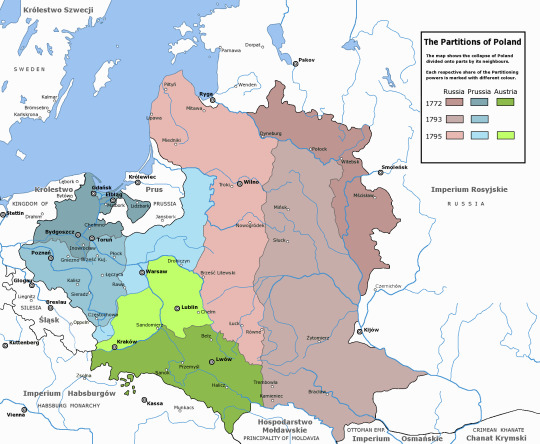
In 1815 the Congress of Vienna created Congress Poland as a semi-autonomous Polish state. It was established when the French ceded a part of Polish territory to the Russian Empire following France's defeat in the Napoleonic Wars (which Polish people took part in, in hope to regain their lost country, which is also when Polish platoon sent to Haiti to suppress the revolt turned against the French and helped the revolting Haitians). Replaced in 1916-1917 by Kingdom of Poland, established by German Empire and Austria-Hungary.
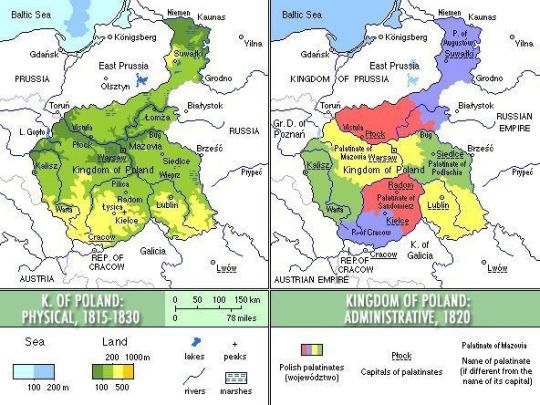

The country appeared on the map in truth again in 1918, when it finally gained its independence after 123 years of occupations.
The borders of it changed when Poland acquired some lands during the Polish-Bolshevik War that overlapped with some territories from 1772 that the Commonwealth held before the partitions happened.


In the meantime, there was also 1919-1920 Lithuanian-Polish War, which was mostly about "to whom Vilnius belongs". Polish people felt really attached to it as polish culture was revived and cultivated in that very city when the country didn't exist on the map for a hundred of years, so it had great historical and sentimental value to Poles.
Nowadays, Vilnius is part of Lithuania, but polish kids know about its significance and even recite the poem "Lithuania, my country" at school, which signifies the historical and emotional ties to Lithuania.
Oh, Lithuania, mu country, Thou ar't like good health I never knew till now how precious, till I lost Thee. Now I see Thy beauty whole, because I yearn for Thee Oh Holy Maid, who Czestochowa's shrine does't guard And in the Pointed Gateway shine, and watches't Nowogrodek's pinnacle As Thou dids't heal me by a miracle (for when my wheeping Mother sought Thy power I raised my dying eyes, and in that hour my strength returned, and to Thy shrine I trod, for life restored to offer thanks to God), so, by a miracle Thou'll bring us home. Meanwhile bear-off my yearning soul to roam those little wooded hills, those fields beside the azure Niemen, spreading green and white, where amber trefoil, buck-wheat white as snow, and clover with her maiden brushes grow And all is girdled with a grassy band of green, Whereon the silent pear-trees stand.
Polish version:
Litwo, Ojczyzno moja! ty jesteś jak zdrowie; Ile cię trzeba cenić, ten tylko się dowie, Kto cię stracił. Dziś piękność twą w całej ozdobie Widzę i opisuję, bo tęsknię po tobie.
Panno święta, co Jasnej bronisz Częstochowy I w Ostrej świecisz Bramie! Ty, co gród zamkowy Nowogródzki ochraniasz z jego wiernym ludem! Jak mnie dziecko do zdrowia powróciłaś cudem (— Gdy od płaczącej matki, pod Twoją opiekę Ofiarowany martwą podniosłem powiekę; I zaraz mogłem pieszo, do Twych świątyń progu Iść za wrócone życie podziękować Bogu —) Tak nas powrócisz cudem na Ojczyzny łono!… Tymczasem, przenoś moją duszę utęsknioną Do tych pagórków leśnych, do tych łąk zielonych, Szeroko nad błękitnym Niemnem rozciągnionych; Do tych pól malowanych zbożem rozmaitem, Wyzłacanych pszenicą, posrebrzanych żytem; Gdzie bursztynowy świerzop, gryka jak śnieg biała, Gdzie panieńskim rumieńcem dzięcielina pała, A wszystko przepasane jakby wstęgą, miedzą Zieloną, na niej zrzadka ciche grusze siedzą.
And then WWII happened. Poland was partitioned once again, but this time by the Third Reich and Soviet Union, according to the secret clauses included in the Ribbentrop-Molotov Pact from 1939.

The new Poland borders were decided after the WWII ended by the three powers that fought Hitler: USA, USSR and UK. The east border followed The Curzon Line, that resulted in the loss of the Eastern Borderlands to the Soviet Union, while the Oder–Neisse line became its western border, resulting in gaining the territories from Germany.
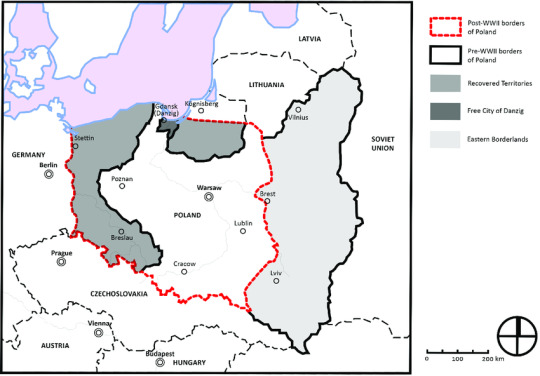
And this is the country of Poland that you can see today. Which also means that in its current form, Poland existed for exactly 76 years.
#poland#polish history#brief polish history#polish-lithuanian commonwealth#world war 1#world war 2#lithuanian-polish war#polish-bolshevik war
2 notes
·
View notes
Text
The history of the Polish-Lithuanian Commonwealth presents two great paradoxes:
First, there is the concept that freedom is innately a good thing and despotism innately evil. The particular freedoms of the Polish nobility were taken to such a level that it rendered the Polish state impossible to function and thereby allowed for the Partitions whereby Prussia, Austria, and Russia quite literally erased it from the map. This, ultimately, was the reward of Poland for being an uncannily early parliamentary state with religious tolerance.
Second is that one of early modern Europe's most powerful states, which had central roles in particular geopolitical dramas up to and including the 1683 Siege of Vienna and the abortive effort to put a Tsar on the Muscovite throne for which the leaders and people of Russia have never forgiven them was as neatly forgotten and memory-holed as it was to a point that this book. To me at least a part of this is owed to the simple reality that the state decayed so far that it was partitioned.....right at the same timeframe as the outbreak of the French Revolution.
There are entirely good and cogent questions as to which event, the Partitions of Poland or the overthrow of Louis XVI by the First Republic, had the greater and longer-lasting impact on Europe in the 19th Century and into the 20th Centuries. There is also the reality that the Lithuanian part of the Commonwealth had most of the land, was treated as a cash cow by the Poles and thereby stored up a great deal of animosity enduring into the present, and that it was Lithuania which enabled Poland to stay great, not the other way around.
The Lithuanian Jagiellons that founded the Commonwealth were the last rulers of a polytheistic/pagan state in Europe, who converted just over a century before European Christianity would collide with the Americas. In turn the system that they led illustrates how dangerous the old nobility caste could be, and thus set up a century of division for Poles and the common interests of the three autocracies that divided the former state, as well as accelerating the bloody histories and animosities of Poland and Russia.
8/10.
3 notes
·
View notes
Text




Paintings of the Italian and Dutch schools of the 17th century in Kielce
Woman Playing the Cittern (oil on canvas, 96 x 78 cm, inv. MNKi/M/1342) by the circle of Bernardo Strozzi (ca. 1581-1644) and Woman with a Tambourine (oil on canvas, 84 x 68,5 cm, MNKi/M/1343) by Johannes Jansz van Bronckhorst (1627-1656) at the National Museum in Kielce.
These two magnificent paintings come from the collection of Jan Henryk Dąbrowski (1914-1979) in Poznań and then in Warsaw. Dąbrowski sold and donated many works of art to the Kielce Museum. They probably come from old historical collections of the Polish-Lithuanian Commonwealth and perfectly illustrate their diversity. The paintings are considered a pair, but as their style indicates, they were executed by different painters. The Woman Playing the Cittern is more Italian and a similar painting was auctioned in Florence with an attribution to the school of Bernardo Strozzi (Pandolfini, Live Auction 1235, October 10, 2023, lot 176). The damaged part on the right indicates that, like the Florence painting, the Kielce painting was originally part of a larger composition and that the effigy of the old woman was cut or damaged at some point. The Woman with a Tambourine is very reminiscent of the style of the painting under the tile "A Concert" from the collection of Krystyna Parczewska-Kuropieska, now in the National Museum in Warsaw (inv. M.Ob.532 MNW, formerly 231020). The Warsaw painting was previously attributed to Jan van Bijlert (1597/1598-1671) and now to Johannes Jansz. van Bronckhorst.
Browse >>> Renaissance Poland-Lithuania - The Realm of Venus - Art in Poland (Artinpl) >>> for more …
Attribution by Marcin Latka (Artinpl).
#art#artwork#painting#artinpl#baroque#italian#dutch art#italian painting#dutch painting#kielce#national museum in kielce#bernardo strozzi#bronckhorst#jan van bijlert#polish-lithuanian commonwealth#17th century
3 notes
·
View notes
Text

Armoured companions
by Anatoly Telenik.
22 notes
·
View notes
Text
Goodness these are perfect. Except perhaps for the skirts in the last picture which are a tad too full for 1812, and some of the hairstyles a tad too top-knot heavy for early 1810s. :D But I can see so clearly how Andrzej Wajda's film drew very, very heavily on these! And the costume / hairstyle department made the costumes fit the timeframe better!
(Also, you know, regardless of how much I like the film, nice to see the Count depicted as young and blond, per the book.)
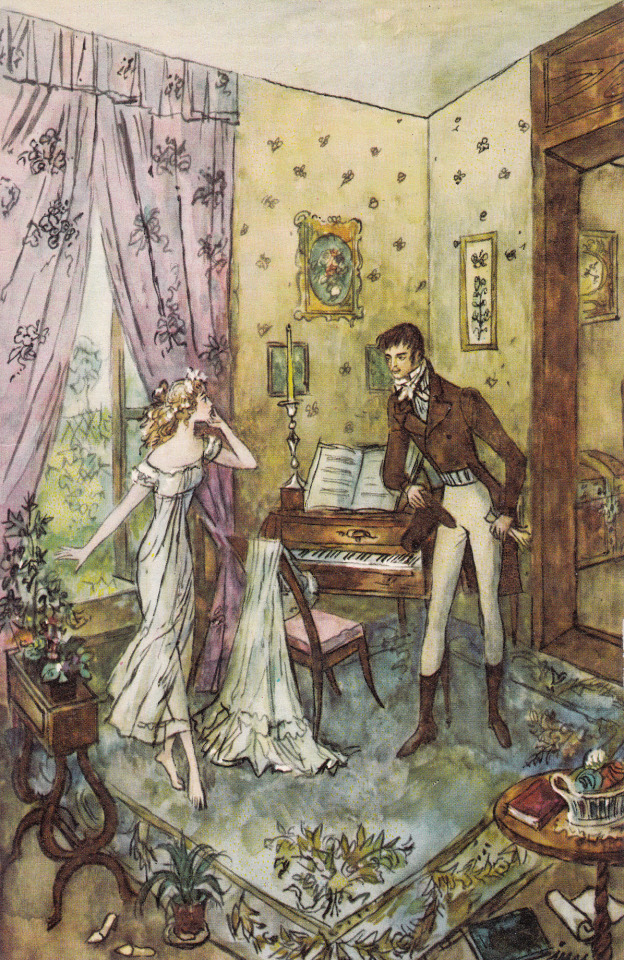
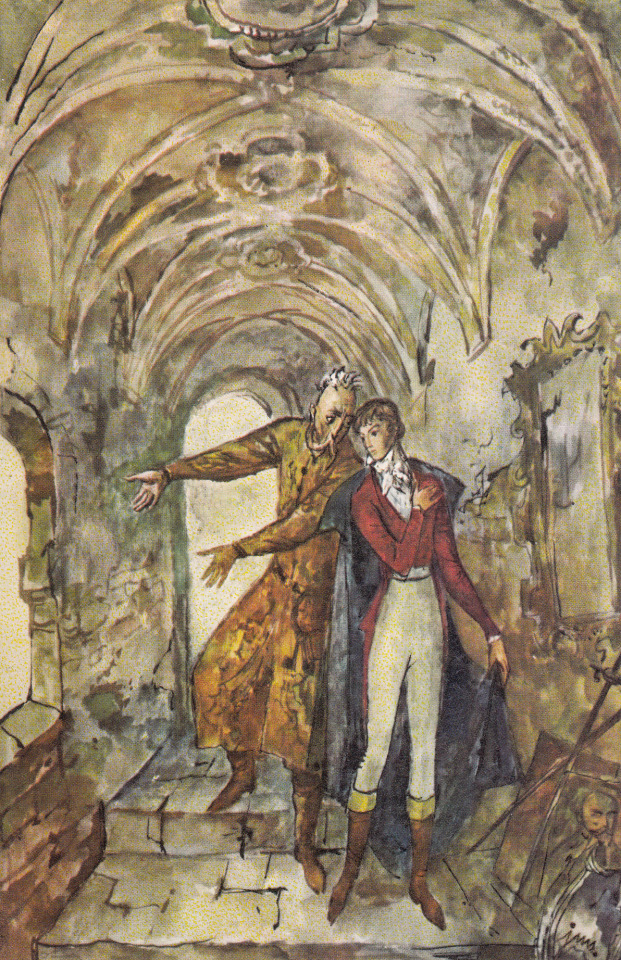
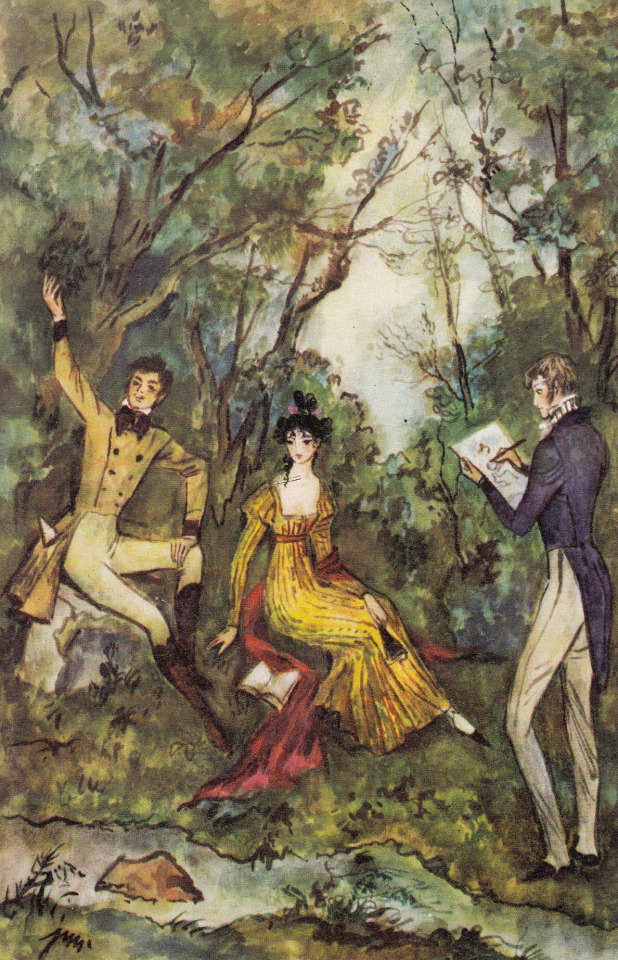
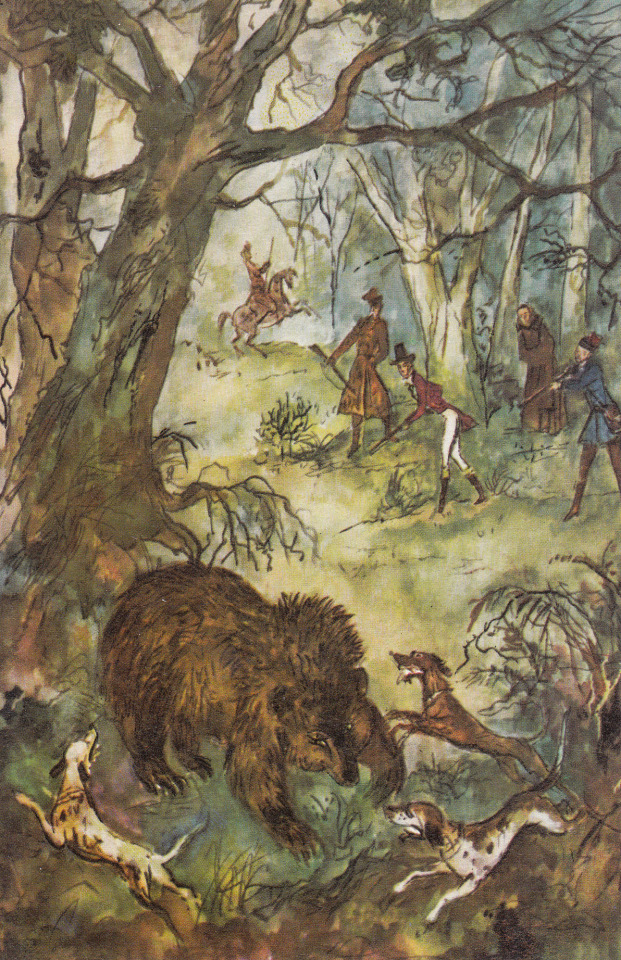
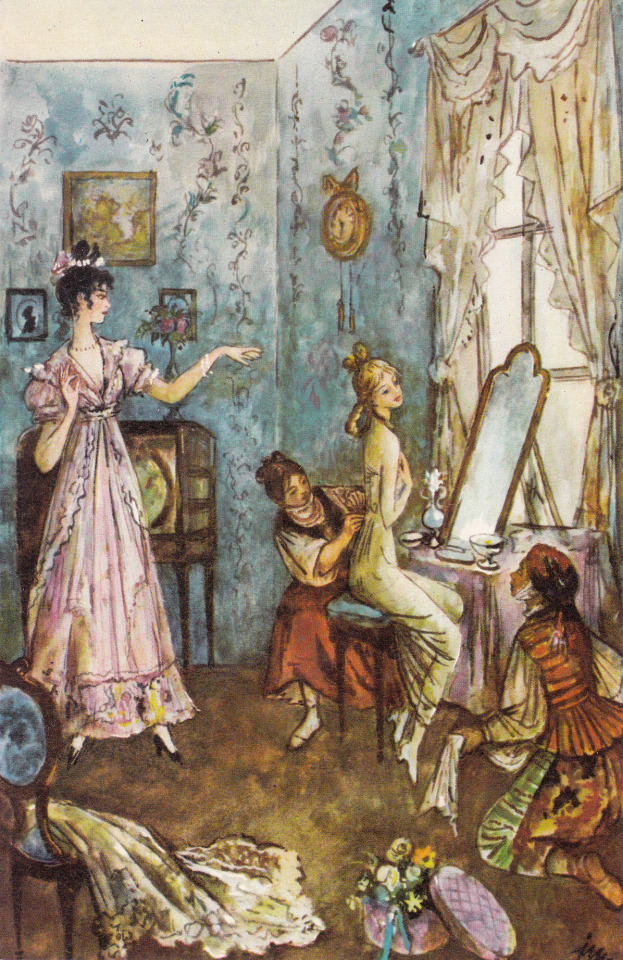

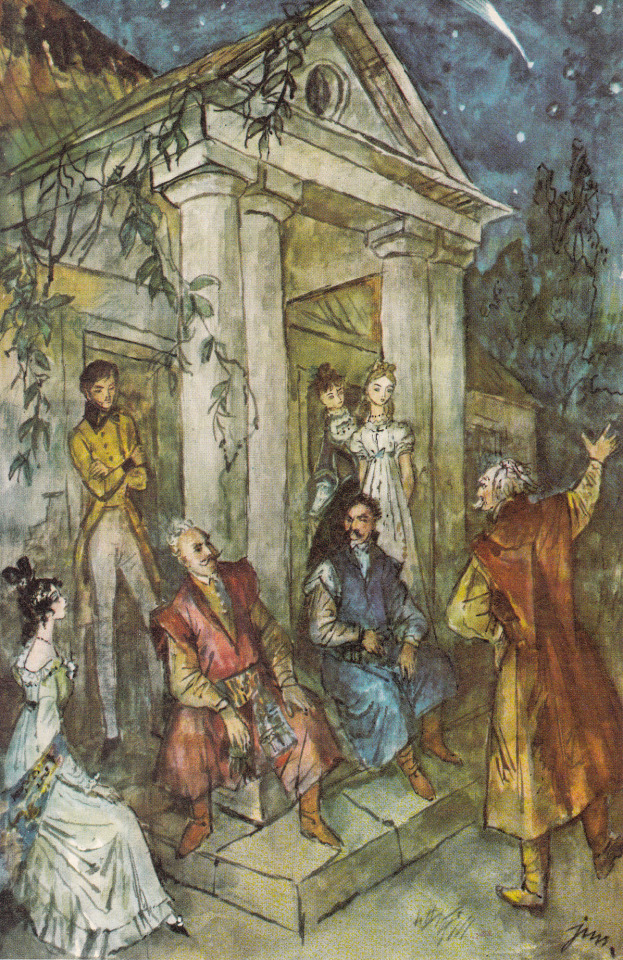
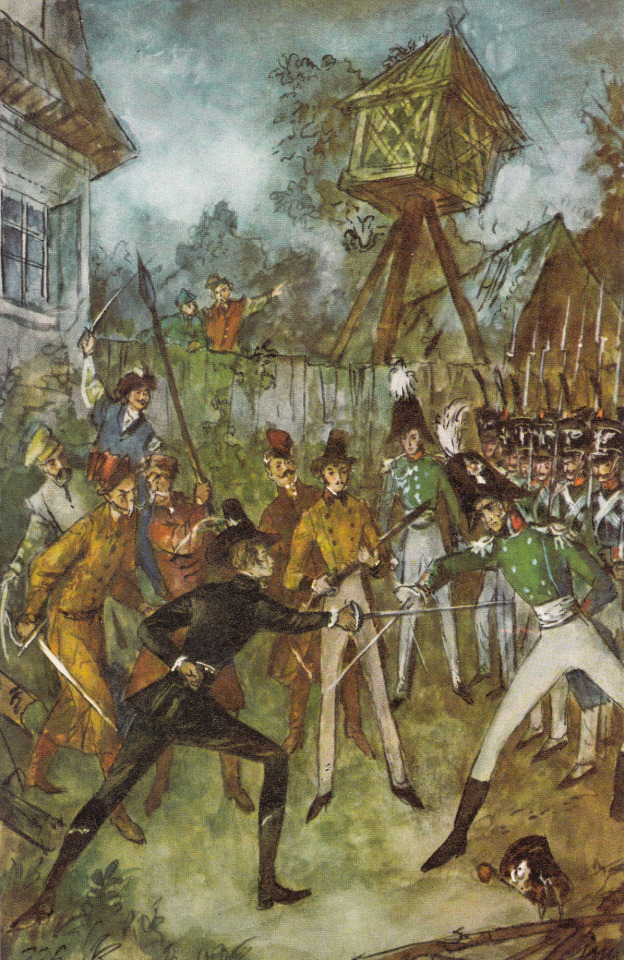
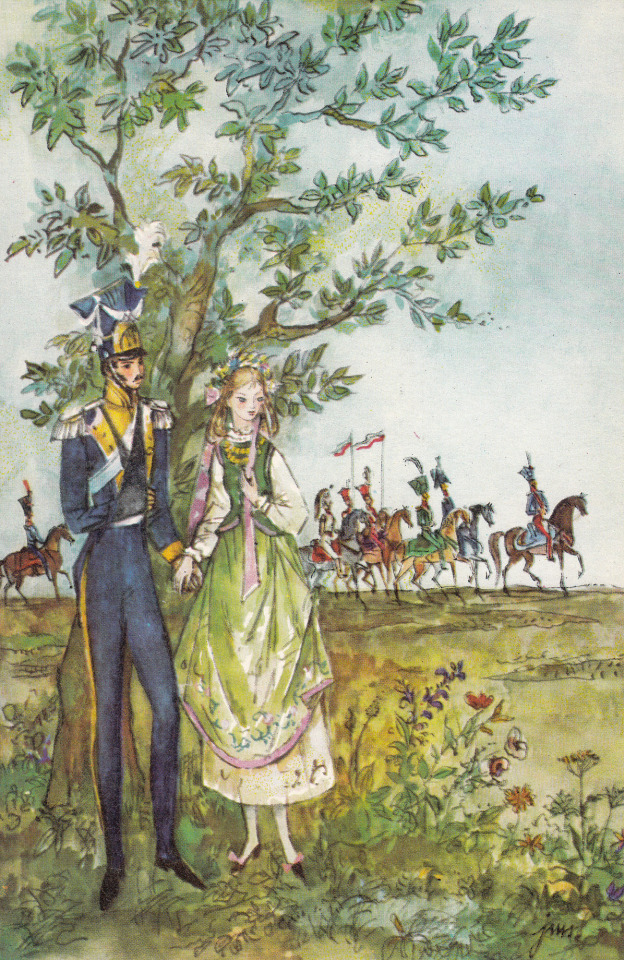

"Pan Thaddeus" illustrated by Jan Marcin Szancer (Polish, 1902-1973)
Pan Thaddeus (1834), by Polish writer, Adam Mickiewicz, is recognized as the national epic of Poland and it is considered by many to be the last great epic poem in European literature. The poem narrates the tale of two feuding noble families and the love story between Tadeusz and Zosia. It takes place in a fictional idyllic village, in 1811 and 1812.
"No European nation of our day has such an epic as Pan Thaddeus. In it Don Quixote has been fused with the Iliad. ... Pan Thaddeus is a true epic. No more can be said or need be said". (Zygmunt Krasiński)
"No play of Shakespeare, no long poem of Milton or Wordsworth or Tennyson, is so well known or so well beloved by the English people as is Pan Thaddeus by the Poles. To find a work equally well known one might turn to Defoe's prosaic tale of adventure, Robinson Crusoe; to find a work so beloved would be hardly possible". (George Rapall Noyes)
#pan tadeusz#adam mickiewicz#polish literature#jan marcin szancer#polish illustration#polish art#poland#polish-lithuanian commonwealth#rzeczpospolita#19th century#polish romanticism#romanticism#art
511 notes
·
View notes
Text



The discovery of a hidden cache of royal regalia in Vilnius Cathedral has captivated historians and medievalists, offering a glimpse into the grandeur of the Polish-Lithuanian Commonwealth.
Check out the full article and photeos at https://www.medievalists.net/2025/01/medieval-treasures-of-lithuania-unearthed-in-vilnius-cathedral/
436 notes
·
View notes
Text

oop Poland-Lithuania
I kinda love him </3
128 notes
·
View notes
Text

Winged Hussars slayed so hard, those wings would be so impractical but they looked so cool
#country humans#countryhumans#countryhumans Polish Lithuanian commonwealth#countryhumans Poland lithuania
39 notes
·
View notes
Text
RON


And then WHO arrived???
104 notes
·
View notes
Text
So, Aragorn is Sindarin for "revered king", right?
We decided to make it into a Slavic name. So, Aragorn is now Włodziw.
#behold#silm#silm shitpost#hilarious#polish#slavic tolkien#aragorn#Aragorn Elessar Włodziw king of Gondor Arnor and the Polish-Lithuanian Commonwealth#yes i do have a list of Slavic name parts
14 notes
·
View notes